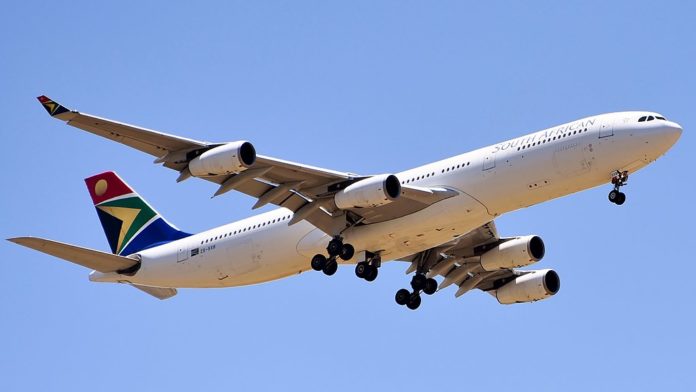Next month the president is expected to take the nation into his confidence about the challenges facing South Africa’s state owned enterprises, SAA included. Given the chaos experienced with load-shedding, the president will spend much of his time on Eskom, however it could well be argued that he should not neglect all the happenings at SAA.
Business rescue is intended to facilitate the restructuring or reorganisation of a financially distressed company. This means that the company is in financial distress and that there is a fair chance of saving it from being liquidated. Business rescue processes are governed by the Companies Act 71 of 2008 (the Act). SAA is the first state-owned company to be under business rescue.
Normal business rescue procedures suggest that apart from the board of directors, there should be no outside opinion influencing the board in adopting this resolution, hence it is called a voluntary business rescue. Such a resolution should be entirely based on the belief of reasonable prospects for the company to be rescued. This belief should emanate directly from the board of directors and the company should in fact be in financial distress. It is worth noting that it was the president of the republic that gave the instruction that SAA should be placed under business rescue. This overreach has set a very dangerous precedent for the future.
Alternatively, an affected person (such as shareholders, creditors, registered trade unions, and employees not represented by a trade union or their representatives) may apply to court for an order placing the company under supervision, thus commencing business rescue.
Three phases will be under SAA’s business rescue process, namely the immediate temporary supervision of the company’s affairs; a temporary moratorium on the company’s claims and proceedings; and the development and implementation of a business rescue plan. A business rescue plan should be published within 25 business days after the date the practitioner was appointed. The plan should include a history of all the company’s financial resources, the initiative to be made in order to address the problems and the requirements to be met in order to execute the business plan.
SAA Board appointed a senior business rescue practitioner, Mr Les Matuson on the 5th of December 2019 to lead the process within hours of filing its notice to be placed under voluntary business rescue. However, to date, both SAA and the practitioner are yet to publish their rescue plan, as demanded by the Act. The immediate supervision overseen by the business rescue practitioner, is inclusive of all the SAA’s professional actions as well as the management of its affairs. The business rescue practitioner’s primary focus is to return the company to its successful state and to succeed in preventing liquidation as a commercially viable enterprise. The underlying objective of the duration of the business rescue operation is that the practitioner is expected to perform his duties quickly, efficiently, cost-effectively and without any external influence.
The Act imposes two limitations on the board’s resolution to initiate business rescue proceedings; (1), if liquidation proceedings have been initiated by or against the company, no such resolution may be adopted and (2), until it has been filed with the Companies and Intellectual Property Commission (CIPC), the resolution to commence business rescue proceedings has no force or effect.
It must be noted that there were no liquidation charges against SAA and a proposal was originally presented in the wake of the early start of the business rescue process. The proposal was sent to CIPC in the midst of the start of the business rescue process, thus presenting an anomaly and a flouting ordinary legal processes by Minister Gordhan.
Beyond business rescue, SAA should consider breaking down its management structure from the top level, to allow for effective business management whilst also ensuring continuity. It is foreseeable that other airlines, such as SA Express and Mango, will merge with SAA resulting in SAA being dissolved to form a new company.
Democratic Alliance MPs, Mr Ghaleb Cachalia and Professor Belinda Bozzoli say that for a country to have a national carrier serves the purpose of national pride and its ego, but nothing much more. They further argue that SAA should rather be liquidated because it does not fulfil its intended purpose, which is to provide economic growth and employment opportunities. This appears to be a plausible argument, considering the continuous appointments of managers who struggle to lead an effective airline in creating opportunities, enhancing self-efficacy and fostering healthy livelihoods for South African people, especially the poor.
Even with the on-going business rescue proceedings, it does not look as if SAA’s fortunes will be reversed any time soon. Losing SAA to private hands will be a bitter pill to swallow, but it appears to be our country’s only workable solution. Business rescue, I imagine, is comparable to putting Band-Aid on a wound that needs to stitched or surgically operated.
Mr Delane Mahhumane is an emerging researcher and academic at Unisa’s department of mercantile law. He writes in his personal capacity.
These are the personal views of the author and do not necessarily reflect the editorial policy of The Daily Vox.









